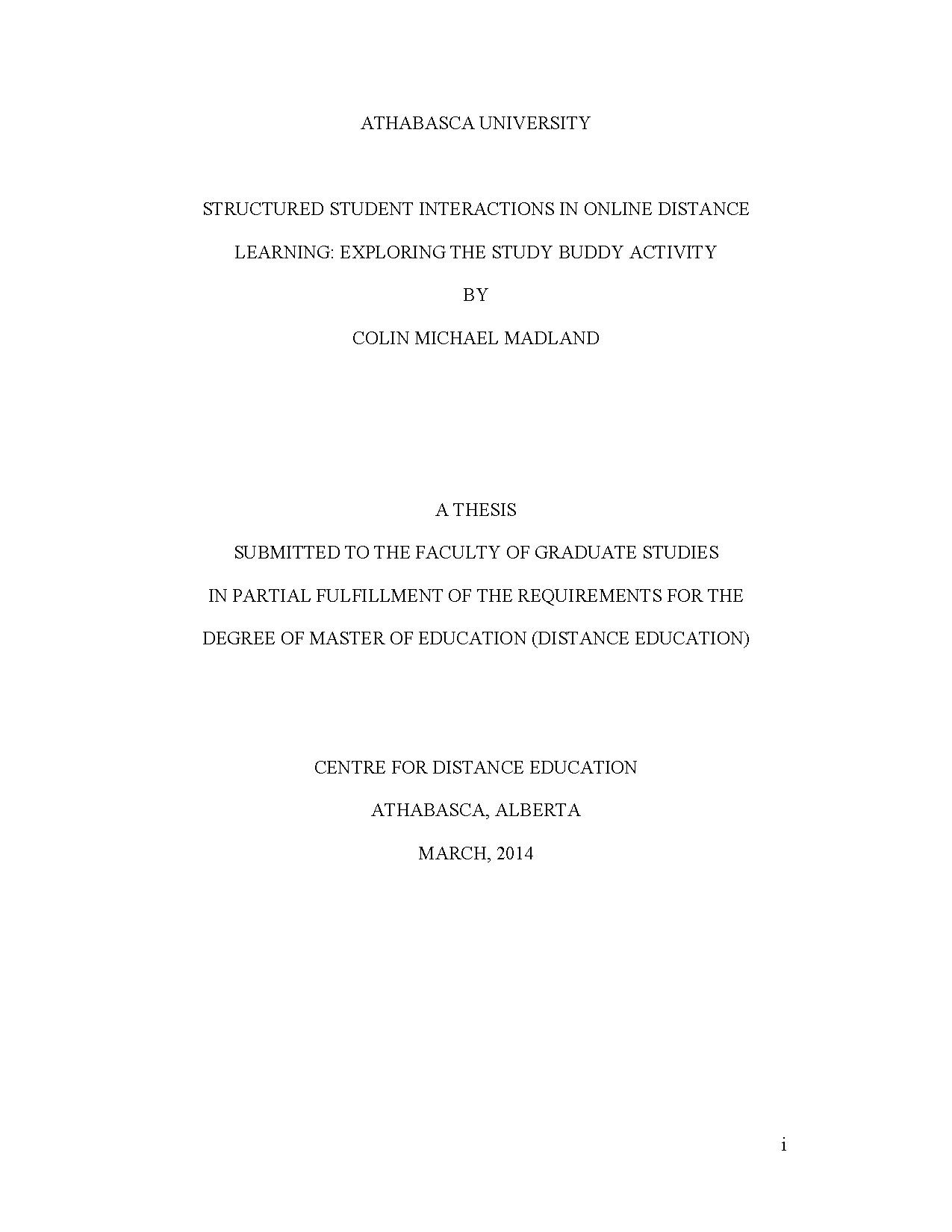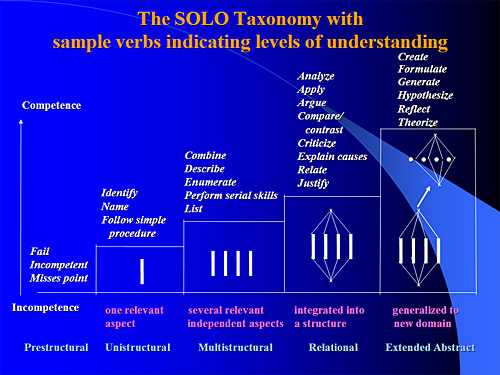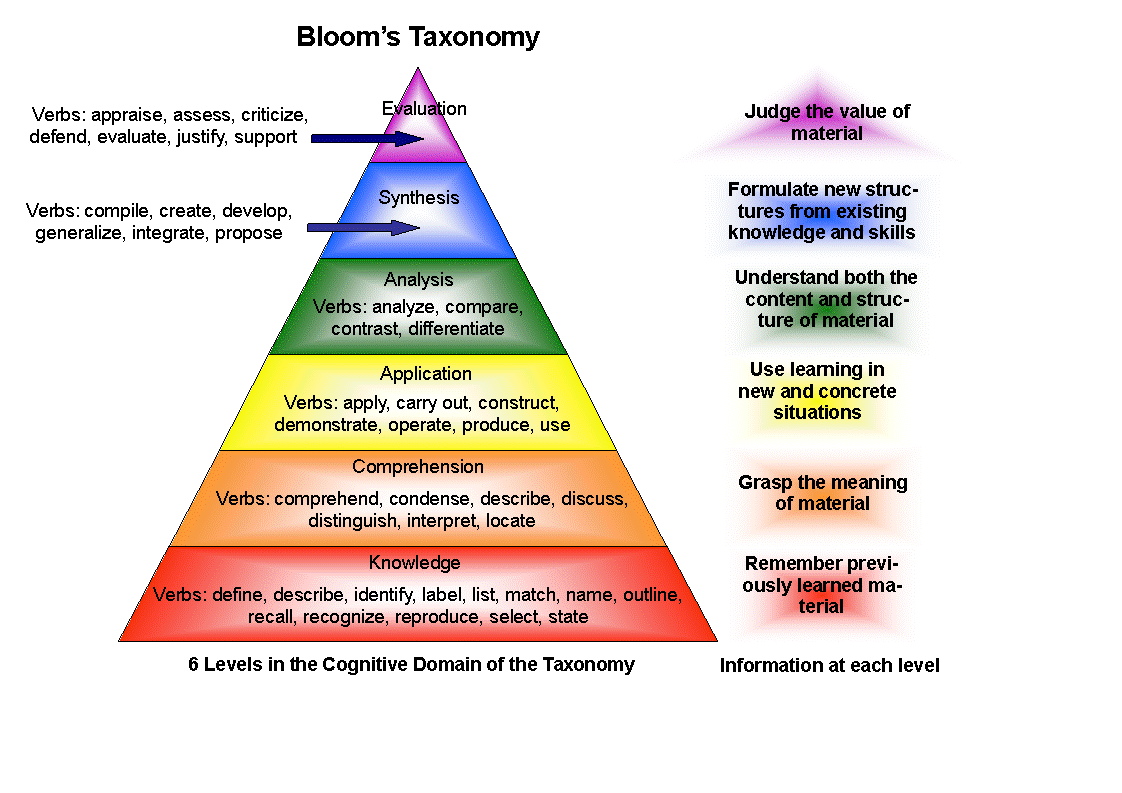OLFM Workshop/Planning/Track 4
Facilitators
Mary Wilson, Fränzi Ng, and Colin Madland
Franzi's Foundation Questions
1. How did we arrive at this topic, "Encouraging Deeper Approaches to Learning"? 2. To what extent is this topic based on our interests vs. the needs of OLFMs?
Encouraging Deeper Approaches to Learning
Deep: high level cognitive skills used for activities which require them Surface: low-level cognitive skills for tasks which require high level skills.
Guiding Questions
- What do we mean by a student's approach to learning?
- How are approaches to learning different from learning styles?
- What is the 3-P Model of Teaching and Learning and how is it relevant to TRU-OL?
- What should SMEs and designers consider when planning learning activities?
- What should facilitators consider while the course is in progress?
Resources
- Biggs, J., & Tang, C. (2007). Teaching for quality learning at university: What the student does (3rd ed.). New York: Society for Research into Higher Education & Open University Press. Retrieved from http://site.ebrary.com.ezproxy.tru.ca/lib/trulibrary/docDetail.action
- Biggs, J., Kember, D., & Leung, D. Y. P. (2001). The revised two-factor Study Process Questionnaire: R-SPQ-2F. British Journal of Educational Psychology, 71, 133–149. doi:10.1348/000709901158433
- Biggs, J., & Collis, K. (1982). Evaluating the quality of learning: The SOLO taxonomy. New York: Academic Press.
- Madland, C. (2014) Structured Student Interactions in Online Distance Learning: Exploring the study buddy activity. Unpublished master's thesis, Athabasca University

- Edwards, J (2010) Inviting students to learn: 100 tips for talking effectively with your students.ASCD. Alexandria, Virginia.
Activities
- The portal is where participants will collaborate and record their learning during the workshop.
- How might this resource be measured with respect to effectiveness and student learning?
- What activities have been shown to promote deeper approaches? (Kanuka, 2005? Skype Interview?)
- Divide participants by discipline?
- Health
- Business


- Example activity: Kanuka's activities as exemplars, then brainstorm activities then peer review, then talk about Study Buddies
- Differences between facilitating paced and continuous entry courses
- Using language effectively (Edwards) Skype interview?? Franzi to organize.
| Time | Activity | Notes |
|---|---|---|
| 9:15 | Welcome and Overview | |
| 9:30 | Resources Available | |
| 9:45 | Example | Example |
| 10:00 | Example | Example |
| 10:15 | Example | Example |
| Time | Activity | Notes |
|---|---|---|
| 11:00 | Example | |
| 11:15 | Example | |
| 11:30 | Example | Example |
| 11:45 | Example | Example |
| Time | Activity | Notes |
|---|---|---|
| 2:30 | Example | |
| 2:45 | Example | |
| 3:00 | Example | Example |
| 3:15 | Example | Example |
UPDATE: April 8, 2014, Franzi Ng
- Dr. Edwards is available on May 31 to do an online workshop for us. She just presented her work at the ASCD conference in LA. I have a copy of her PowerPoint presentation and the 12 page handout. If you would like to see them, please email me (fng@tru.ca).
